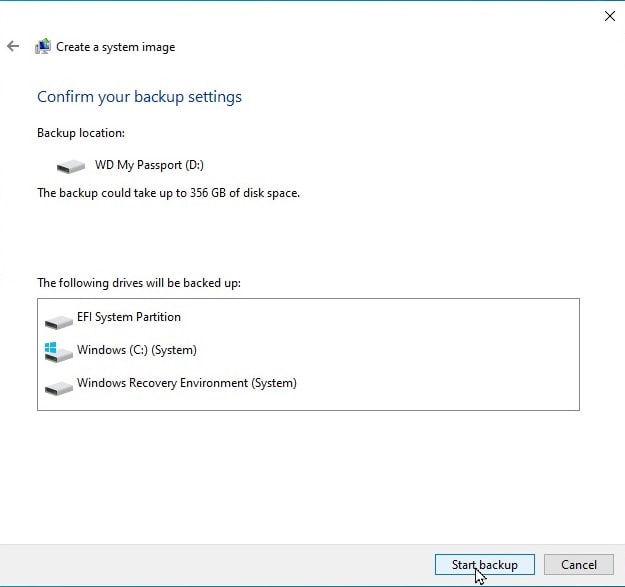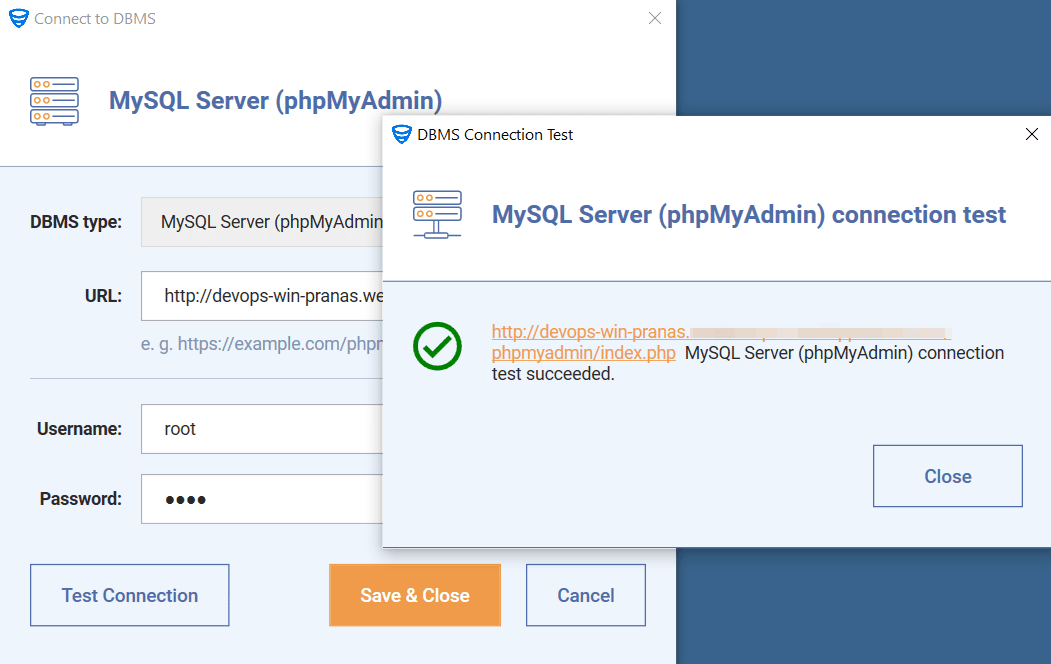

- #CRASHPLAN CONNECTING TO BACKUP DESTINATION FOR FREE#
- #CRASHPLAN CONNECTING TO BACKUP DESTINATION MANUAL#
- #CRASHPLAN CONNECTING TO BACKUP DESTINATION FULL#
- #CRASHPLAN CONNECTING TO BACKUP DESTINATION SOFTWARE#
- #CRASHPLAN CONNECTING TO BACKUP DESTINATION TRIAL#
Then there is CloudBerry Backup which is a Do It Yourself (DIY) setup. A hard drive restore option is available for $60 for disaster recovery (express shipping options also available at extra cost) They provide FREE of charge up to 3TB drive to perform initial backup once per year Purchase (extra cost) of ethernet connected hard drive to give you both on premises and cloud based backups (benefit here is immediate and quick restore capability)

Backup files from Office 365 (manual, need to login to initiate backup)
#CRASHPLAN CONNECTING TO BACKUP DESTINATION MANUAL#
Backup pictures from Facebook and Instagram (not sure if manual or automatic) Supports Synology, QNAP and other SANS (caution: features vary by brand and model, low end units are not supported) Supports multiple OS including Windows, Mac and Linux Additional 2TB for a SYNC drive, this works similar to a One Drive 2TB of backups shared among MULTIPLE computers and mobile (IOS and Andriod) devices There is an offer now for 90% off for people switching cloud backup providers.
#CRASHPLAN CONNECTING TO BACKUP DESTINATION TRIAL#
You can sign up for a trial to test it out at no cost.
#CRASHPLAN CONNECTING TO BACKUP DESTINATION SOFTWARE#
I have found the backup software to be reliable and it has great features. I strongly recommend that you check out IDrive. IDrive is my primary and I use CloudBerry Backup to backup to AWS Glacier. My computer was an older model so I had to search for something that worked better for me.Ĭurrently I use 2 backups. I loved the features but found the backup client needed too much memory and bogged down my computer. You don't provide any requirements so let me just share what has been working for me.įirst off, I used CrashPlan a few years back. How many machines to back up, total backup size, if mobile device backups are desired, or other additional features. May I ask why you are writing off cloud backups? In my experience they are among the most reliable and hands-off way of backing up simple user data, and it is extremely cheap with many providers.Let me start by saying each person has unique requirements when it comes to backup. If it makes you feel better, I'd suggest doing one image backup either with Disk Utility or CCC and archiving it, then use file level backups for the regular day-to-day backups. Unless you really need the ability to restore a recent image as quickly as possible, that system is adding extra complexity to your backup routine, which, IMHO, should be as simple and as hands-off as possible.

So long as you back up your users Home and Applications directories, you can pretty much restore quickly from a clean install. On OSX, due to the way the system is designed, this is a little bit less important. We use Acronis for occasional machine images, but real file backup software for daily use. Images are large files that are mostly static, and are difficult to manage once you start making incremental versions of them. Rhythmdvl - In our Windows environment at my office, we treat images differently than backups.
#CRASHPLAN CONNECTING TO BACKUP DESTINATION FOR FREE#
And as I mentioned, CrashPlan lets you use those powerful tools for free for local backups. Rsync isn't nearly as powerful as modern backup utilities that do endless file versioning while requiring little additional backup space due to block-level deduplication. If you think there is a solution we may have overlooked, great-but we've sunk a few hours into trying various commands and whatnot. It may work if we upgraded (twice), but that is not an option. Weve talked to Applecare and tried the workarounds on the net to no avail. *Time Machine requires that you have the target drive directly connected to the laptop. While wed rather not pay an exhorbinent amount, we dont need it to be free/shareware. This is going to go on my wifes machineshe loathes learning new software, so the more handholding the better (or else it will just sit in the background). It also has to have a very good/easy interface. if our Mac gets fried, we can rebuild to the last backup, software and all), recovery disk, autonomously managed space, integrity checks, etc.
#CRASHPLAN CONNECTING TO BACKUP DESTINATION FULL#
We want the full suite of capabilitiesalways running in the background, complete system restore on demand (i.e. We also do not want to back up to the cloud.

We cannot use Time Machine, so are looking for the Acronis of Mac, so to speak. We have an OSX machine (10.5.8) that we want to back up to an existing NAS.


 0 kommentar(er)
0 kommentar(er)
